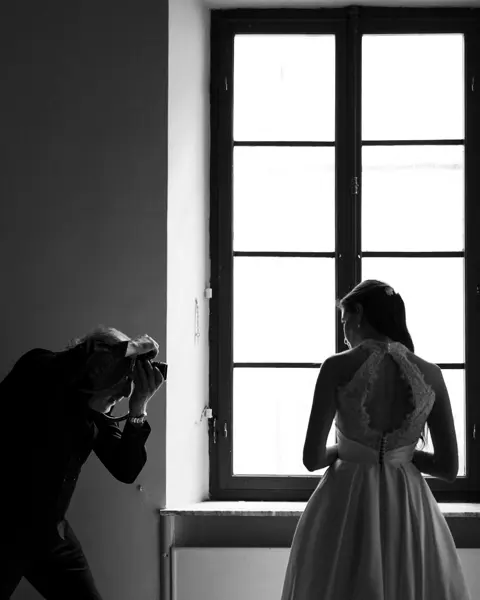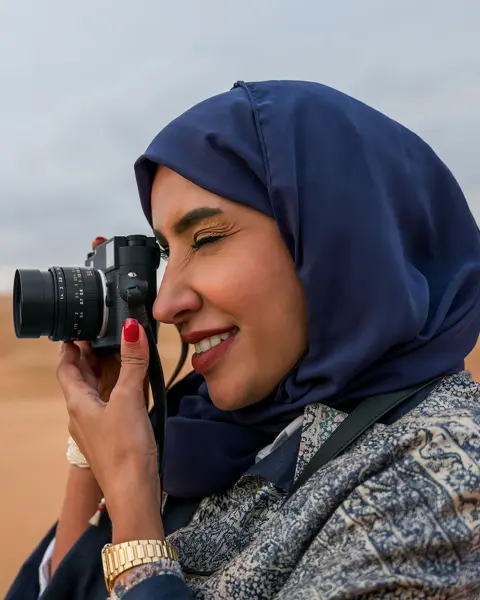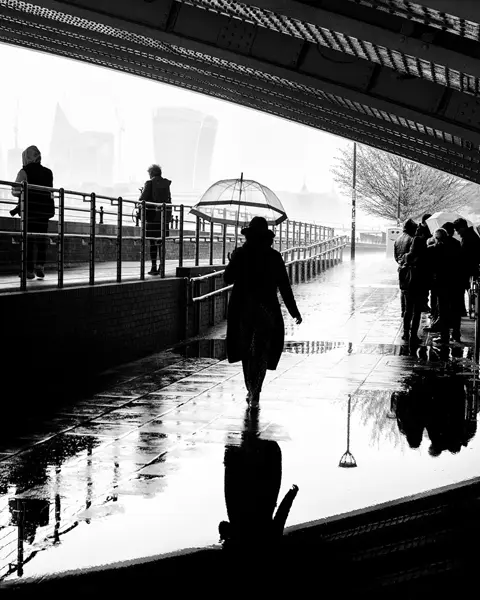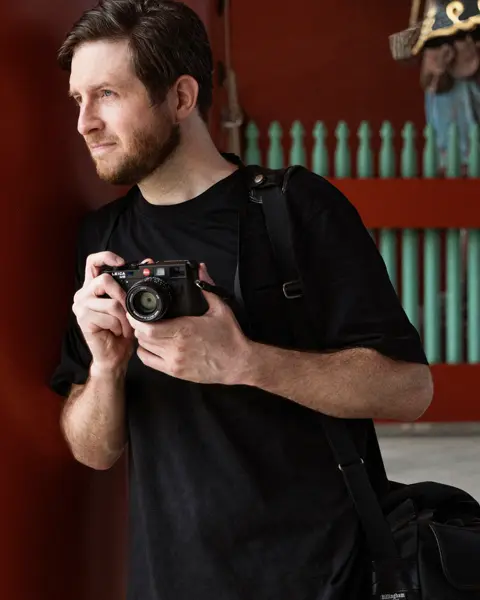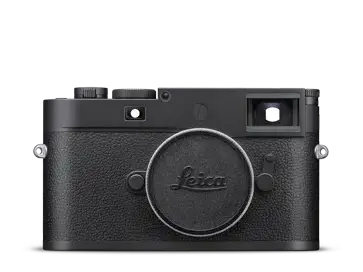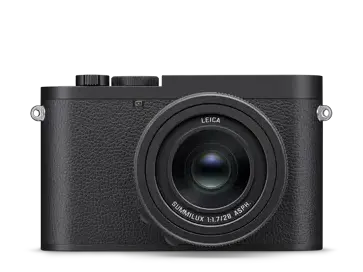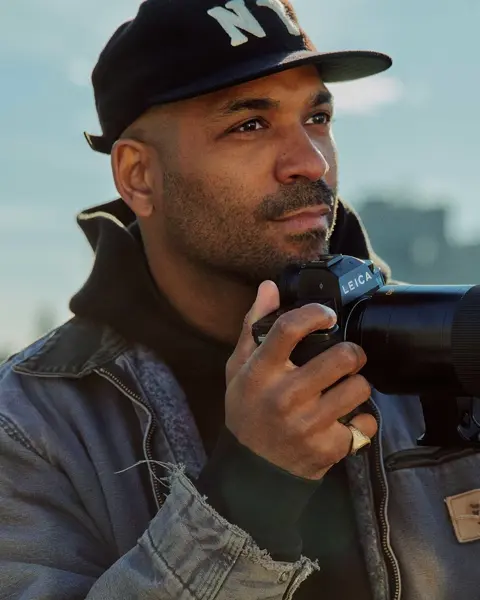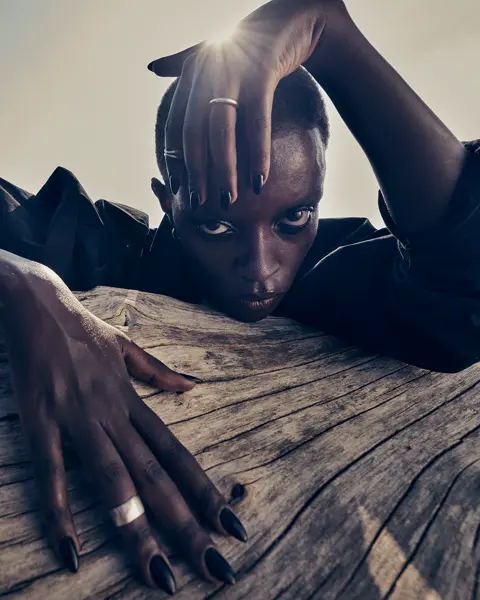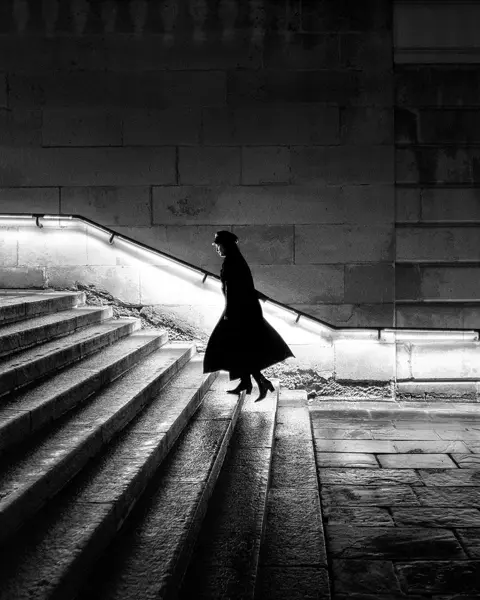Cameras for Black-and-White Photography
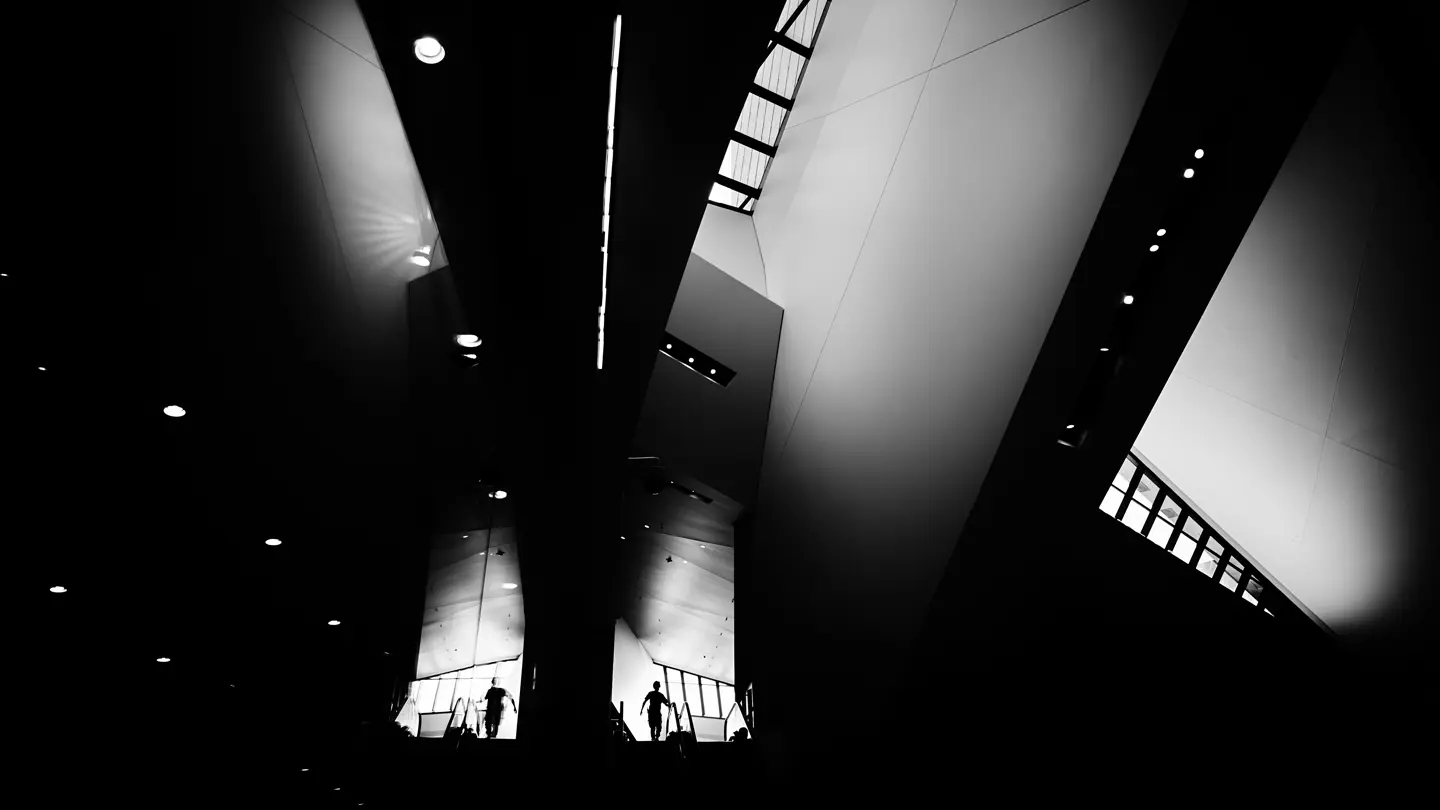
The Essence of the Moment in Black and White
Visionary artists and iconic moments have left their mark on the history of black-and-white photography. With Leica cameras, photographers like Sebastião Salgado or Magnum co-founder Henri Cartier-Bresson created works which continue to touch us today. Black-and-white images distil scenes to their very essence and naked truths, uncovering depth and emotions. They demand empathy, a trained eye and the ability to reveal the essential – with timeless, powerful and everlasting pictures.
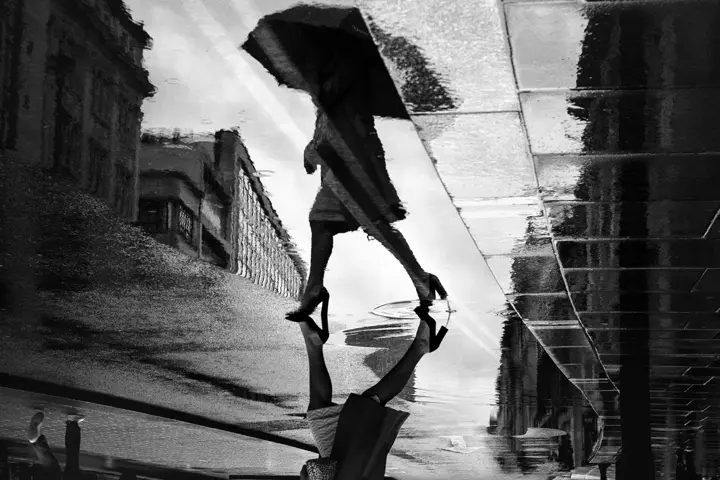
Stories That Remain Hidden Behind Colour
At its most powerful, black-and-white photography uses reduction to sharpen our perception. In street photography, it concentrates the ephemeral into a pure, timeless moment. In portraits, it reveals character and shows us depth that goes beyond colour. In architectural photography, structures and contrasts present themselves in clear compositions. Black and white not only reflects reality, it invites us into a universe of beauty, drama and deep emotions. Stories are told that would otherwise remain hidden behind colour.
Tales in Black and White
Discover rich, fascinating stories in black and white told by renowned photographers with their monochrome cameras.
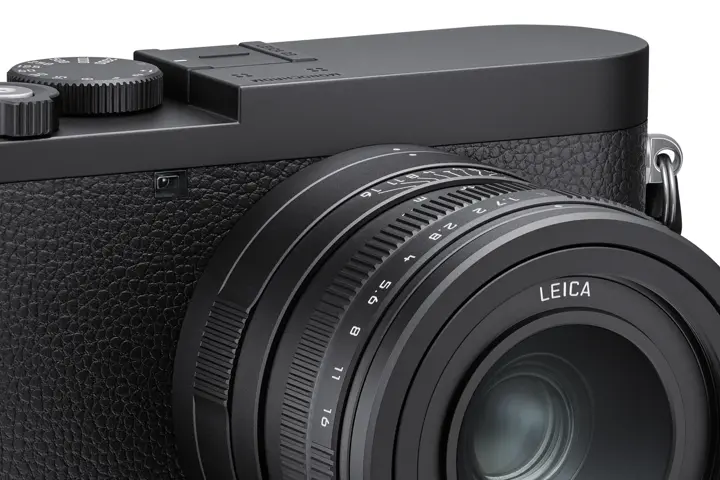
Design Meets the Essence
Our cameras have defined black-and-white photography from the very start – cameras combining timeless aesthetics, functional design and technical excellence. In 2012, we set a milestone and redefined black-and-white photography by launching the world’s first digital full-frame camera with a dedicated monochrome sensor. But our cameras were already creating iconic masterpieces in black and white long before that. Today, our monochrome cameras continue to embody uncompromising clarity and the very essence of photography.
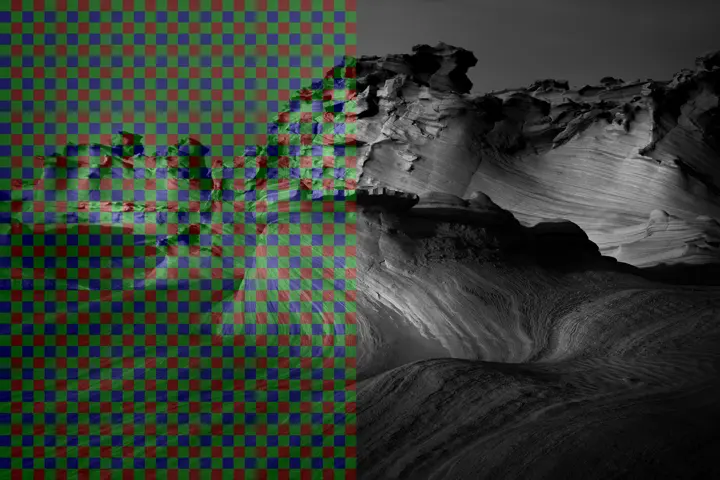
The Sensor Makes the Difference
Our cameras’ monochrome sensors take black-and-white photography to the next level. Stripped back to black and white, they see more than colour sensors, not less. Without the light-absorbing mosaic of colour filters, there is no need for interpolation, and every pixel captures pure light. The finest details, more dynamic range and a clear improvement of the signal-to-noise ratio are the result. This enables images with unparalleled brilliance and depth to be created – images that show more than a colour sensor ever could.
Cameras for Black-and-White Photography
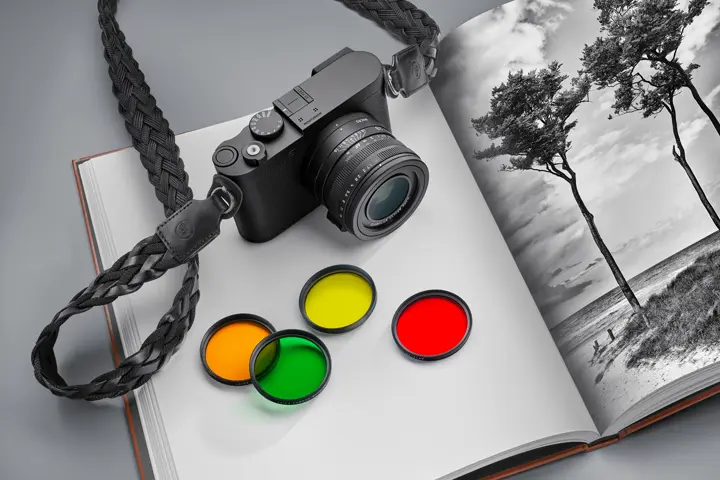
Even More Contrast and Intensity with Colour Filters
Colour filters provide you with even more creative latitude in black-and-white photography: they create contrasts, strengthen structures and lend your images unique intensity. Discover the possibilities with our yellow, green, orange and red filters.
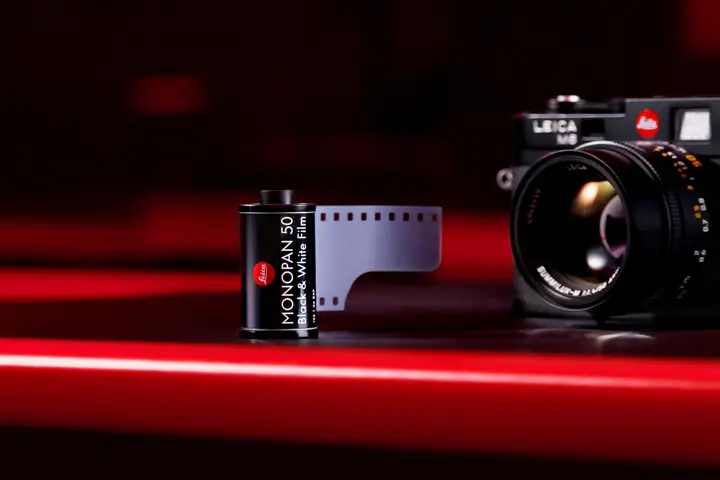
Film Is the Key
Leica MONOPAN 50
The distinctive look of MONOPAN 50 black-and-white film recalls the early days of 35 mm photography. This Leica 35 mm film features an ultra-fine grain and very high resolution, super-panchromatic sensitivity, and impressive tonal value reproduction. With its specifications, the Leica MONOPAN 50 seems almost made to showcase the incredible performance of our Leica Summilux-M, Leica Noctilux-M and Leica Summicron-M lenses, particularly on large-format, high-end prints.
#StoryInMonochrome
Become part of the Leica Community and share your black-and-white photos with the hashtag #StoryInMonochrome. We will give select images with this hashtag a boost on our social media channels.
